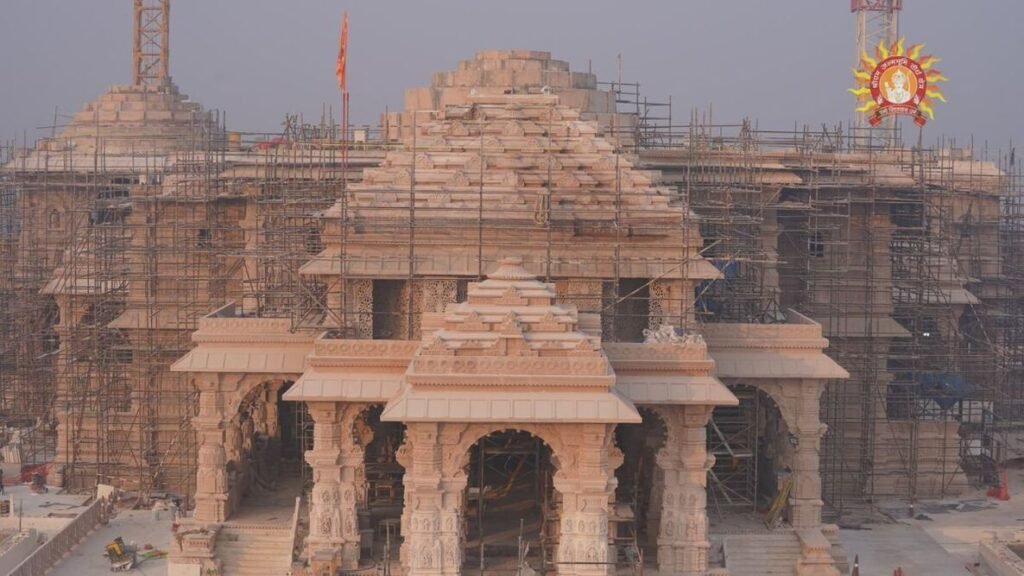
Discover the captivating story behind the Ayodhya Ram Mandir, a cultural and religious landmark that has captured the attention of people worldwide. In this exploration, we unveil five interesting facts that shed light on the historical journey, legal battles, and architectural marvels associated with the construction of the temple. From the roots of the Ayodhya dispute to the grand Bhoomi Pujan ceremony, embark on a journey to uncover the unique facets that make the Ayodhya Ram Mandir a symbol of cultural resurgence and religious harmony.
You might like: Top 5 special qualities in The Lord Rama
1. Historical and Cultural Significance
The construction of the Ayodhya Ram Mandir marks the culmination of a long-standing historical and cultural dispute in India. The site is believed to be the birthplace of Lord Rama, a significant figure in Hindu mythology and the central character of the ancient Indian epic, the Ramayana. The construction of the temple is seen as a symbol of the restoration of a sacred site with deep cultural and religious roots.
2. Legal Battle and Supreme Court Verdict
The Ayodhya dispute had been a subject of legal contention for many years. The Supreme Court of India, in a landmark judgment on November 9, 2019, ruled in favor of the construction of the Ram Mandir at the disputed site. The court also ordered the allocation of an alternative piece of land to the Muslim community for the construction of a mosque.
3. Bhoomi Pujan Ceremony
The foundation-laying ceremony, known as Bhoomi Pujan, took place on August 5, 2020. It was a grand event attended by various political leaders, religious figures, and dignitaries. The ceremony included rituals and prayers, signifying the commencement of the construction of the temple.
4. Architectural Plans and Design
The proposed design for the Ram Mandir is inspired by traditional Indian architecture and adheres to the principles outlined in the ancient Hindu scriptures. The temple is expected to be a grand structure featuring intricate carvings, domes, and spires. The architectural style draws from the Nagara style, a prominent form of North Indian temple architecture.

5. Global Attention and Religious Harmony
The construction of the Ayodhya Ram Mandir has garnered attention not only within India but also globally. It is seen as a significant event in the context of religious harmony and the coexistence of diverse faiths in the country. The inclusive approach, with the allocation of land for a mosque alongside the temple, is aimed at fostering unity and understanding among different religious communities.



